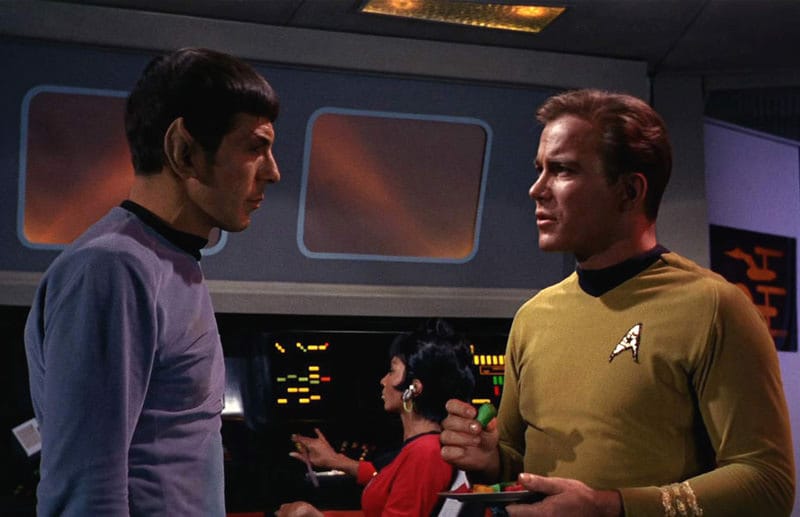Clip of the Day
The Plaza Hotel in New York City: A Brief History
Americana
IBM Celebrates Banner Year in 1947
IBM Celebrates Banner Year 1947
Johnson City, NY
“One Hundred Percenter Convention”
In 1947 IBM announced an increase in revenue of 22% with an employment staff of over 22,000. One of IBMs innovative products is the Automatic Sequence Controlled Calculator, called the Mark I, a joint development with Harvard University. It is the first machine that can execute long computations automatically. Over 50 feet long, eight feet high and weighing almost five tons, the Mark I takes less than a second to solve an addition problem, six seconds for multiplication and twice as long for division. This year it was followed up by the 603 Electronic Multiplier, the next line of IBM machines.
New York in the 1950s and 1960s
DOCUMENTARY: Construction of the Hoover Dam
Explore America
Rafters on the Colorado River in the Grand Canyan
Coca-Cola Classic Ad - 1079 - Mean Joe Green shares a Coke
Make Way for Ducklings - The Swan Boats in Boston are a magical tradition
The Swan Boats are the harbinger of spring to native Bostonians. Famed in the stories Make Way for Ducklings and The Trumpet of the Swan, the Swan Boats are the only boats of their kind in the world! For over 120 years, the Swan Boats have appeared in Boston’s Public Garden, the first public botanical garden in the United States, established in 1837
This Boston tradition dates back to 1877 when Robert Paget was granted a boat for hire license by the City of Boston. He developed a catamaran which housed a paddle wheel arrangement that was foot-propelled. To cover the captain, Robert suggested a swan! The idea came to him from his familiarity with the opera Lohengrin. The opera is based on a medieval German story in which Lohengrin, a knight of the Grail crosses a river in a boat drawn by a swan to defend the innocence of his heroine, Princess Elsa.
Robert lived only one year after the first Swan Boats were launched. His wife Julia, a young widow with four children, assumed full management of the new enterprise. In 1914, Julia's youngest son, John carried on the family tradition. The current fleet consists of six boats, the oldest of which was built by John in 1918. John and his wife Ella raised six children, all of whom spent many summers working on the boats. John’s son Paul took over the helm in 1969. The tradition, which began over 120 years ago, has grown to become a symbol of Boston and the city's unique blend of history and beauty.
Classic Boston Scenes

Documentary of the Day
Love Canal: An Environmental Disaster

Collectible Editions
You have a choice of three versions of our collectible edition to select from. 52-pages, 100-pages (special oversized edition) and our 104-page version (hard cover). Enjoy your stroll down memory lane!
Learn More »
Looking for More?
Fret not, we've got more! Pick a category below to see what we've got.




